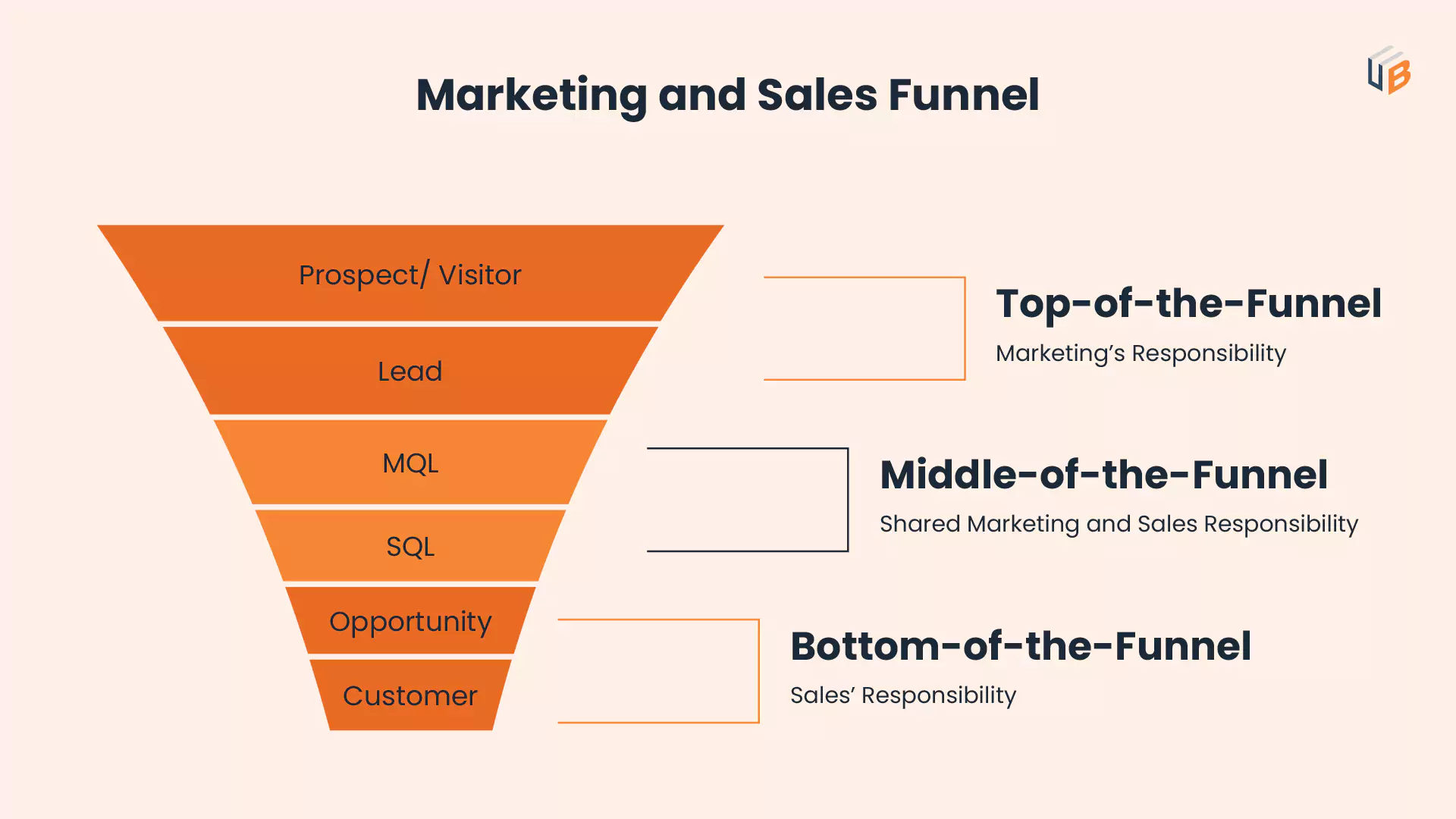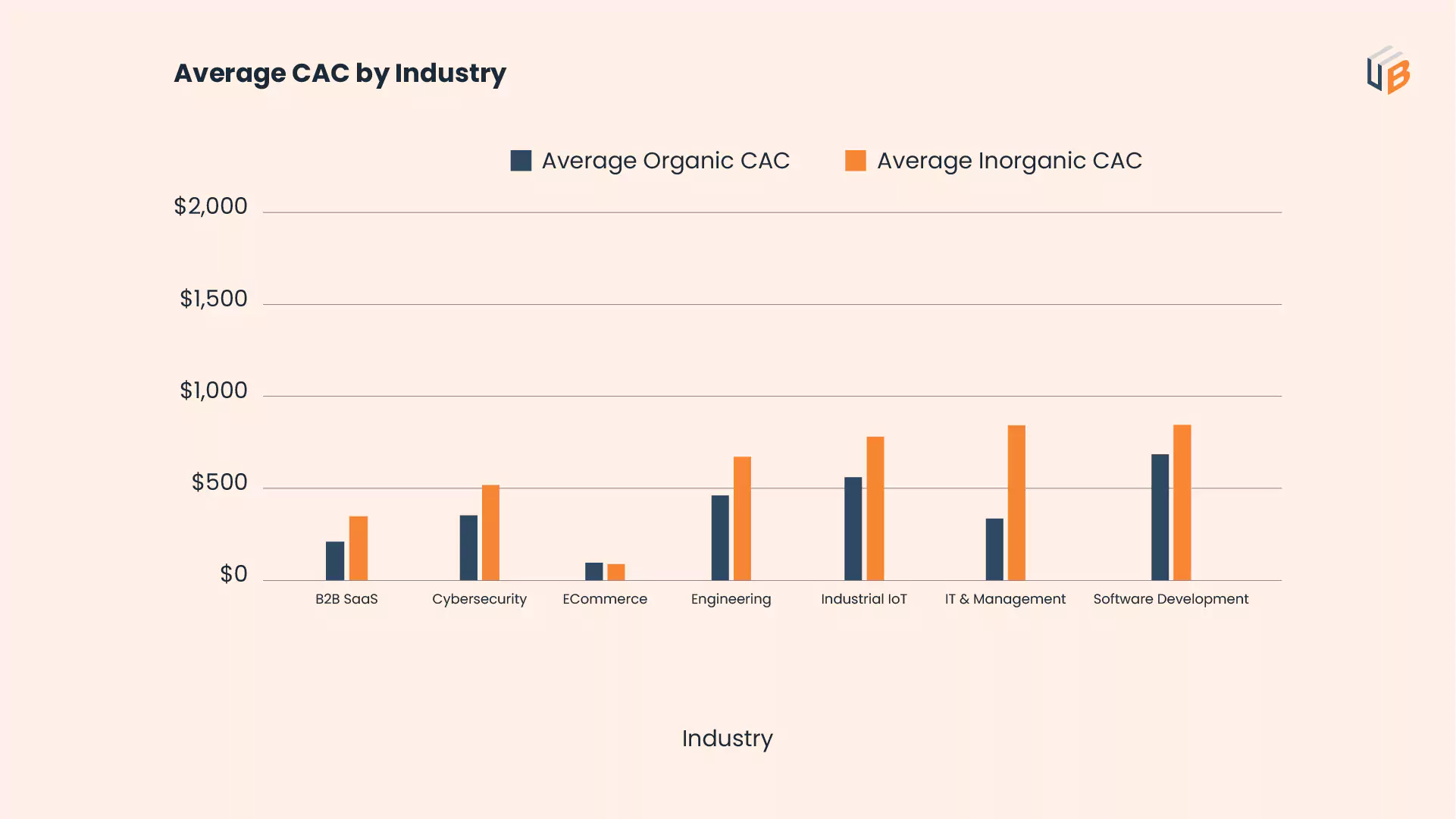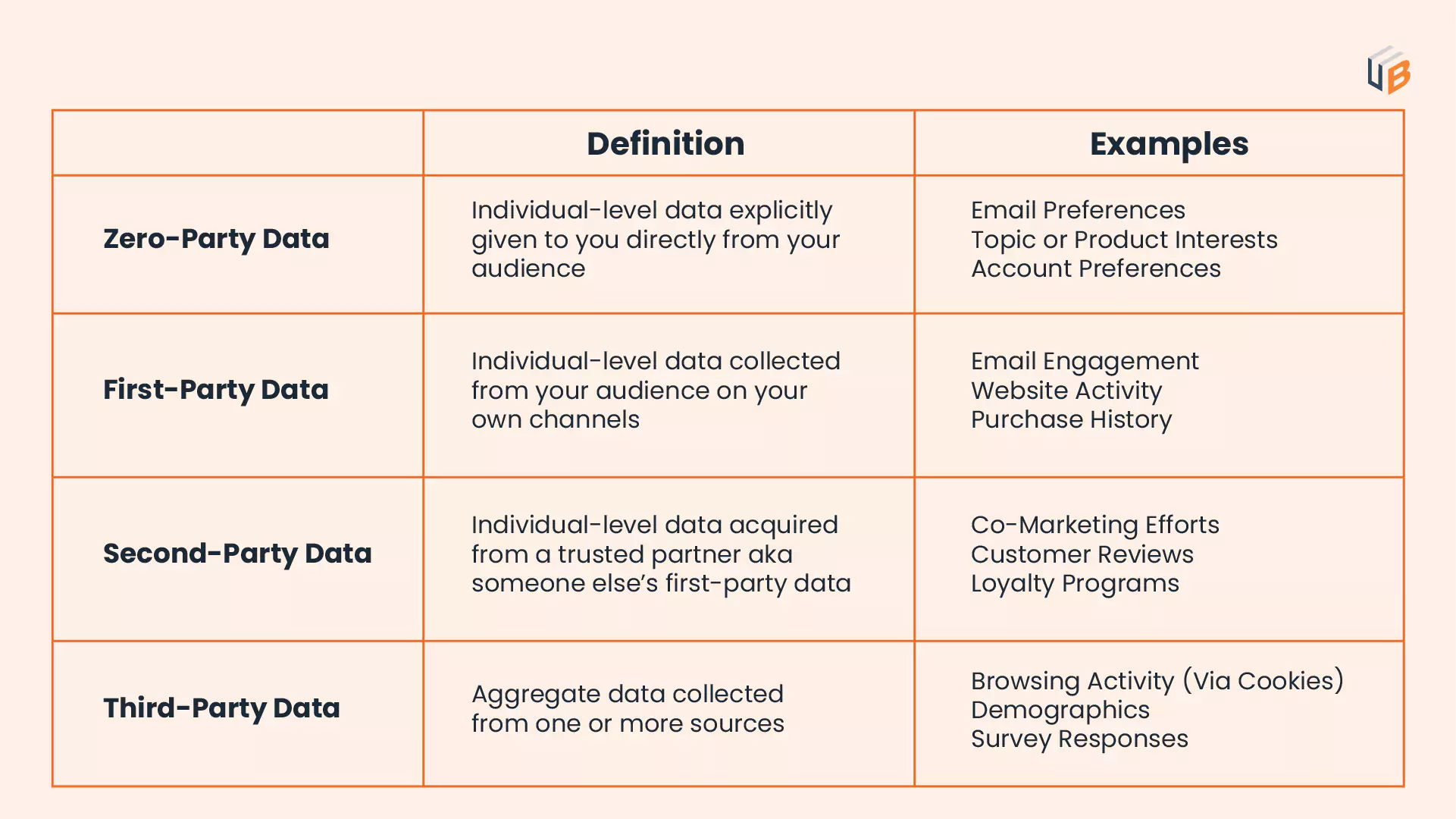
Introduction
When it comes to leads, there are two main types: marketing qualified leads (MQLs) and sales-qualified leads (SQLs), which we’ve discussed in a previous article. In this post, we introduce another term – high-qualified leads (HQLs) and how these types of B2B business leads stand against MQLs.
MQLs are generally more interested in a product or service, while HQLs are the cream of the crop. They’re more likely to buy and have a higher potential value.
As B2B companies do not operate with infinite marketing budgets, it is important to prioritize leads that give the business a return on investment. But, most marketers often end up putting all their resources behind all leads indiscriminately, which costs them money and time without any significant ROI.
So, how does one decide which type of lead they should invest in – MQLs or HQLs?
The key is to evaluate each lead and assess their buying intent. This will help you determine the value of each lead, which can be used to prioritize leads by cost and potential return. Additionally, this assessment can also inform decisions around pricing.
Let’s take a closer look at MQLs and HQLs, their differences, the pros and cons of each type of lead, and how to increase your lead generation ROI.
MQLs and HQLs: What’s the Difference?
The main difference between marketing qualified leads (MQLs) and high qualified leads (HQLs) lies in the degree of sales-readiness.
Essentially, HQLs are known to have the following key characteristics:
- Power to make purchase decisions
- A good understanding of the problem and a belief that your product or service offering will solve them
- Awareness that the cost of leaving the problem unresolved is too high
- Have a sufficient budget to buy your product or service
- Willingness to meet or connect with your sales representatives
Related Article : Guide to Generate High Quality Leads for Enterprise Software Solution
In B2B marketing, HQLs see your products or services as a perfect fit but it is never a guarantee that they’ll buy from you. To convert these leads into buying customers, you must continue nurturing them.
MQLs are just interested in your product or service, whereas HQLs are much closer to making up their minds about buying from your company compared to MQLs.

MQLs are leads that:
- Are still researching possible solutions to their problem
- Express interest in your company by visiting your site
- Take actions like downloading content assets, clicking ads, or adding items to their carts
- Complete your lead capture form
- Read your blog posts and open your marketing emails
- Contact your company with questions
In terms of lead scoring, MQLs are ranked much lower than SQLs and HQLs. On the sales funnels, MQLs are found at the top of the funnel.
Converting marketing qualified leads (MQLs) into buying customers takes time and effective nurturing tactics. Even then, there is usually no guarantee that they will convert.
Until they are open to hearing more, you have to nurture them through marketing tactics such as content syndication.
MQLs vs. HQLs: The Pros and Cons of Each Type of Lead
While each of these types of leads offers its own benefits, there are downsides for each of them as well.
As someone who runs or markets a B2B business, you should look at the table below to understand the pros and cons of pursuing MQLs and HQLs and how much it can cost your business.
| Marketing Qualified Leads(MQLs) | High-Qualified Leads(HQLs) | ||
| Pros | Cons | Pros | Cons |
| Shown interest in your product or services and are somewhere at the middle of your sales funnel | Not yet ready to commit to a purchase | Higher potential value as they have taken more steps down your sales funnel | HQLs are hard to come by and are expensive |
| Costless and are easier to acquire, which makes them ideal for large-scale lead generation and lead nurturing campaigns | Require additional work before they become sales-ready | Require less effort to convert into customer | Require a higher marketing budget and resources to generate HQL in the first place |
| Provide insights about customer needs and preference to help you know them better | Harder & time consuming which makes them costlier option, in a long run | More profitable in the long run compared to MQLs since you don’t need to put extra effort to close the sale | Fewer leads, meaning less business |
| A higher volume of lead means more conversion opportunities | More likely to became repeat customer or loyal advocates of your company | Custom marketing message for every individual HQL demand your time & effort | |
Overall when deciding which type of lead you should invest in, it’s important to evaluate the value of generating leads and assess their buying intent. This will help you prioritize leads by cost and potential return, as well as inform decisions around pricing.
Additionally, investing in both MQLs and HQLs can be beneficial for maximizing the ROI of your B2B lead generation efforts.
Discover how software company creates a productive sales pipeline with the help of UnboundB2B’S HQL Campaigns.
Calculating Your B2B Lead Generation ROI
Generating leads is the most important goal for 91% of marketers worldwide. The reason behind this is it directly impacts their ROI.
To ensure that you’re making the most of your lead generation efforts, tracking and measuring your ROI is essential.
You can easily calculate your company’s lead generation ROI using a simple formula:

This formula will give you an idea of how much you’re spending on leads and whether or not it’s worth the investment.
When evaluating the overall lead generation success, it’s also important to consider other factors such as:
- Customer Lifetime Value (CLV)
- Cost Per Acquisition (CPA) or Customer Acquisition Cost (CAC)
- ROI from repeat customers
Step 1: Determine Customer Lifetime Value
CLV refers to the average value that each customer brings you for the entire time they transact with your business.
If, for instance, you have each customer generating $200 per month for 5 years, the CLV per customer will be $12,000 – which is ($200*60 months).
There are different tools available online that B2B marketers can use to calculate CLV. Kissmetrics, is one of them. With this tool, you can view a detailed revenue report showing estimated CLV, total revenues generated over specified periods, and the average churn rate per day.
Step 2: Calculate the Cost of Customer Acquisition
CAC simply refers to the price that a company pays to acquire a new customer.
This metric is critical in calculating your lead generation ROI because it enables you to determine the extent to which your marketing and conversion strategy is working.
On average, the B2B CAC by industry is as follows:

It can be as low as $100 or as high as $2000, depending on whether you use organic or inorganic mentors for marketing your product or service, and the industry your business belongs to.
You can calculate your customer acquisition cost using the formula below:

You can also lower your CAC by using intent data.
Step 3: Determine the Number of Customers Needed for Break-even Point
Once you’ve calculated your CLV and CAC, it’s time to determine how many customers you need to hit the break-even point.
With this metric, you can figure out how long it will take for your lead generation efforts to start paying off. You can calculate this by dividing your customer acquisition cost (CAC) by the customer lifetime value (CLV).
For instance, if you have a CLV of $100 and a CAC of $20, you will need to acquire 5 customers to hit the break-even point.
By tracking these metrics consistently over time, you’ll be able to determine whether your lead generation efforts are paying off, and how you can optimize them for maximum ROI.
For effective lead generation, you can consider using results-driven B2B agency services for lead gen. Choose our new MQL+HQL Package to get 5X more leads for your business.
MQLs vs. HQLs: Which Types of Leads Should You Pursue?
B2B marketers can use different strategies to generate leads. These include using first-party intent data and third-party intent data.
First-party intent data is basically the information that you gather from your interactions with prospects, visitors, and customers across varying digital platforms like your company website, social media profiles, and emails.
Third-party intent data refers to the information collected by other companies, publishing networks, media exchanges, and review websites.

You can have instant access to first-party data by monitoring your audience’s activities and interactions with your website, product pages, emails, and social media engagement. You can also track their purchase history and product views to get insights about their interests and buying preferences.
However, third-party data providers collect data from one or more sources and aggregate it to provide useful insights about your target audience. This data is not readily available for you to use.
To access this data, you’ll need to pay those third-party data providers. It can help you reach prospects outside your immediate audience and hence widen your reach.
For instance, you can use third-party data to reach new prospects who buy complementary services and products from partner companies or competitors.

In all, first-party data helps you get fewer HQLs, whereas third-party data helps you generate lots of MQLs.
Since your lead generation strategy directly affects your B2B marketing budget, here are a few important factors you should check for better insights.
Factors to Consider while deciding on the type of leads
- New product launches: New products require aggressive promotion to break into the market. When launching a new product, generating MQLs will allow you to have a big database of customers to nurture.
- Product promotions: Companies offer services or products at a reduced cost or throw in value-adds for each purchase. This helps reduce lead nurturing time. When you decide to run a product promotion, you should choose to generate a mix of MQLs and HQLs and benefit from mounting interest.
- Internal budget changes: As the business environment gets more competitive, cutting overhead costs becomes necessary. Investing money in a marketing team with capabilities to chase high-quality leads can be costly during such times. You can instead buy HQLs and have your salespeople close them.
- Business seasons: Businesses don’t perform the same way throughout the year – some months are better than others. For instance, some businesses peak during the holidays. You can prioritize buying or generating HQLs during peak seasons. This will help you generate more revenue and then shift your focus to generating MQLs during the off-season.
- Competition: B2B marketers should keep track of their competitors’ lead generation efforts. When you observe that your competitors are becoming aggressive in marketing you may consider buying MQLs and HQLs. This is to prevent yourself from losing out on many valuable prospects.
- Economic, political, and natural factors: These are factors that cannot be controlled. However, businesses can prepare for the curveballs that they bring by adjusting their strategies. If there are economic factors that are getting out of control and affecting the profitability. An ideal option for your business is buying both MQLs and HQLs becomes a viable option.
Ready to Generate Meaningful Leads for Your B2B Business?
Leads are the lifeblood of B2B businesses. So having a clear understanding of what kind of B2B business leads you want to invest in.
To maximize your ROI, you should track metrics such as customer lifetime value (CLV) and customer acquisition cost (CAC). You can use them to decide which type of leads you should be pursuing – MQLs or HQLs.
For instance, if your CAC is higher than your CLV, you may want to focus on HQLs. As they are more likely to convert and generate a return on investment. On the other hand, if your CAC is lower than your CLV, investing in MQLs may be the best option for you.
Ultimately, the type of leads you pursue should depend on your goals and budget.
With this data in hand, you can make informed decisions and optimize your lead generation strategy for maximum ROI. By doing so, you can ensure that your efforts are paying off.
Our blog
Latest blog posts
Tool and strategies modern teams need to help their companies grow.

B2B companies must generate leads that are ready to buy their products in order to me...

In the absence of a constant flow of leads, sales teams can't meet their targets and ...

Podcasts and webinars are powerful tools that marketers can use to reach new audience...




